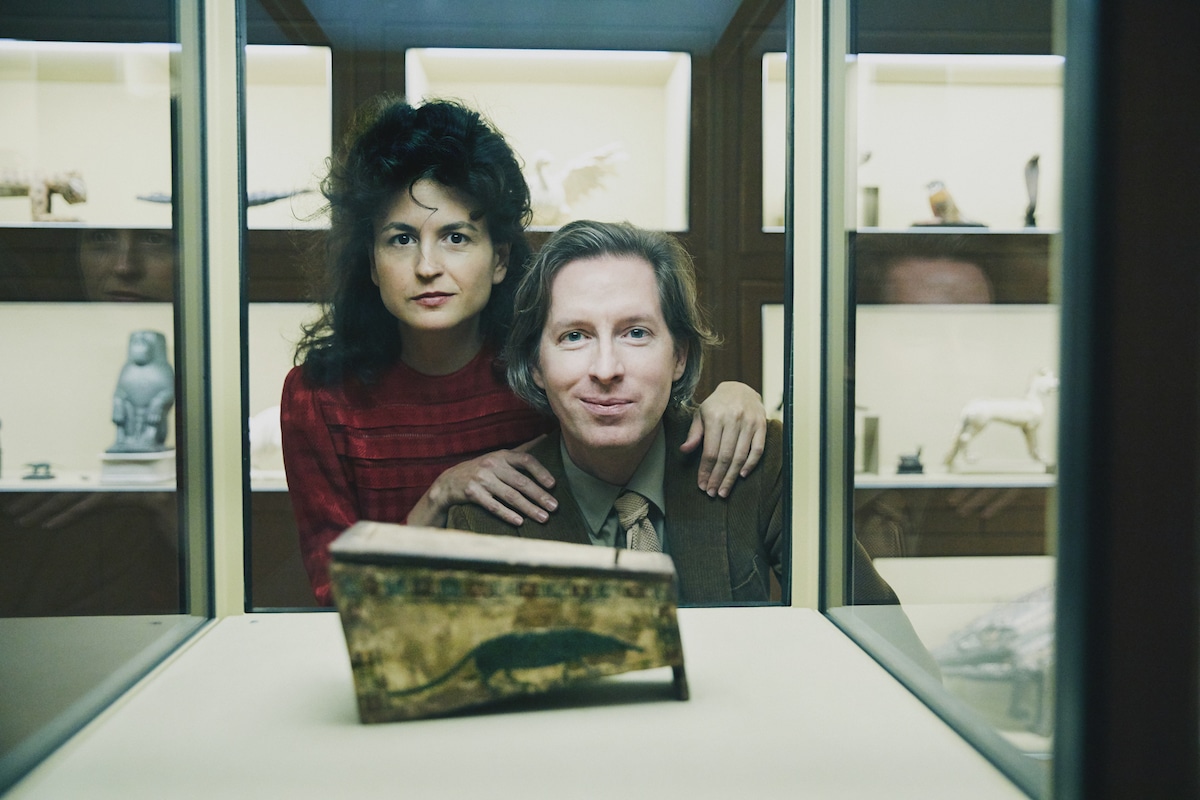
Photo: Rafaela Proell © KHM-Museumsverband
Director Wes Anderson has an iconic sense of style that’s visible in all that he does. Known for his quirky films and even quirkier color palettes, Anderson has brought his creative spirit to curating art. Working in collaboration with the Kunsthistorisches Museum Wien and his partner Juman Malouf, they’ve put together an exhibition called Spitzmaus Mummy in a Coffin and other Treasures.
Anderson and Malouf assembled more than 400 objects from 14 of the museum’s historical collections. The exhibition showcases their desire to cross time periods and places. Egyptian, Greek, and Roman antiquities are part of the show, as are Old Master paintings, collectible coins, and musical instruments.
In selecting these pieces, the two hope that it sparks, for the viewer, an interest in art. “While Juman Malouf and I can take no credit for the conception and creation of any of the works of art included in this exhibition,” Anderson states in a press release, “we do harbor the humble aspiration that the unconventional groupings and arrangement of the works on display may influence the study of art and antiquity in minor, even trivial, but nevertheless detectable ways for many future generations to come.”
To curate the show, Anderson and Malouf applied similar aesthetic considerations that are given to his films; on the big screen, he often pairs unusual colors and textures to create visual interest. For Spitzmaus Mummy, the links between things were more obscure, but they draw interesting connections between otherwise disparate objects. “We situate the seventeenth-century emerald vessel in a confined space opposite the bright green costume from a 1978 production of Hedda Gabler,” Anderson explains, “in order to call attention to the molecular similarities between hexagonal crystal and Shantung silk.”
Spitzmaus Mummy in a Coffin and other Treasures is the third installment of a series started by the Kunsthistorisches Museum Wien. Beginning in 2012, the institution invited “remarkable creative individuals” to present their own selections of their more than four million objects. Spitzmaus Mummy is on view until April 28, 2019.
Director Wes Anderson and his partner Juman Malouf worked with the art collection of Kunsthistorisches Museum Wien to curate a show called Spitzmaus Mummy in a Coffin and other Treasures.
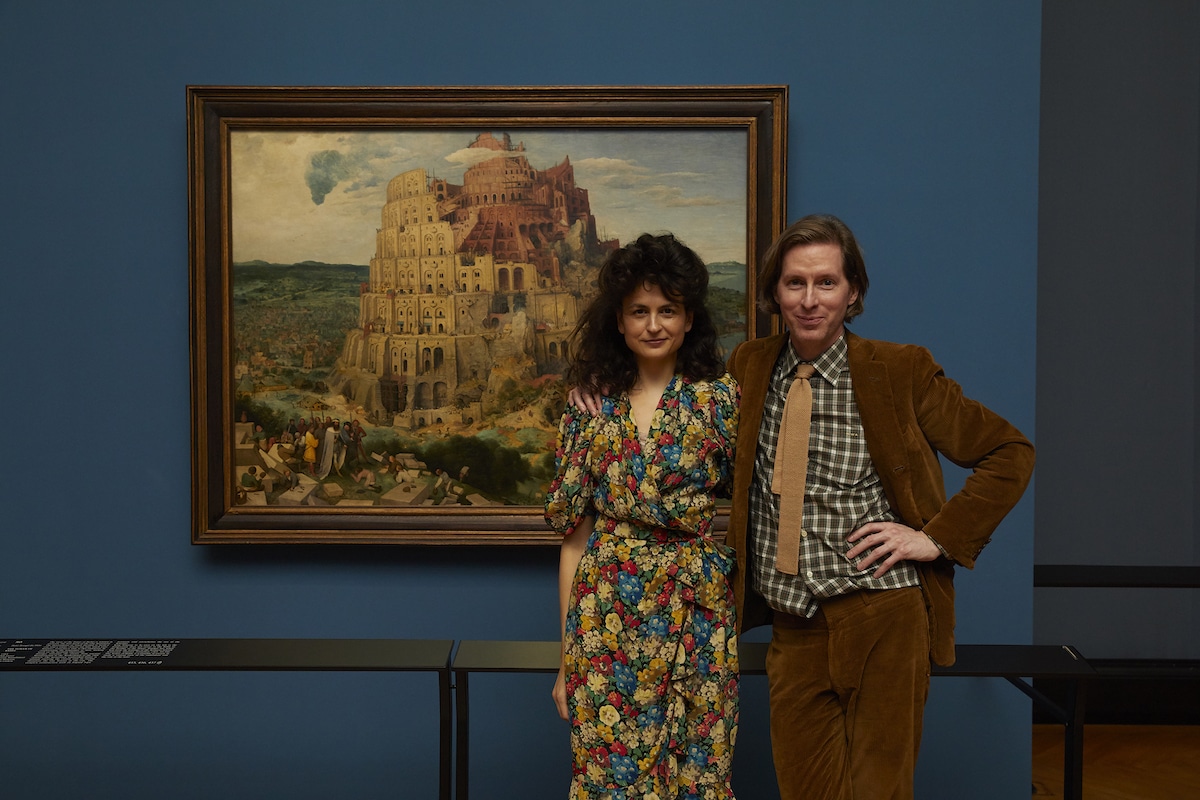
In front of “The Tower of Babel” by Pieter Bruegel the Elder
Photo: Rafaela Proell © KHM-Museumsverband
Anderson and Malouf assembled more than 400 objects from 14 of the museum’s historical collections.

© KHM-Museumsverband
The two hope to spark, in the viewer, an interest in art.
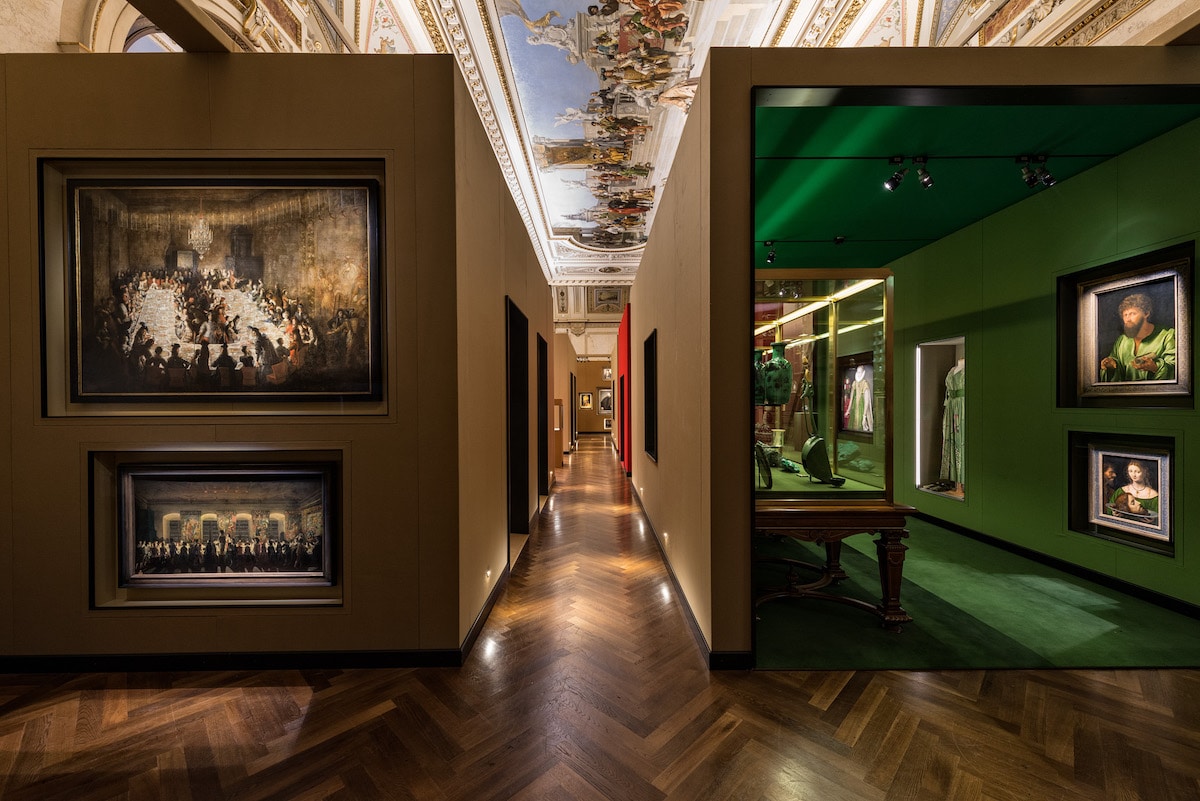
© KHM-Museumsverband
“We do harbor,” Anderson says, “the humble aspiration that the unconventional groupings and arrangement of the works on display may influence the study of art and antiquity in minor, even trivial, but nevertheless detectable ways for many future generations to come.”
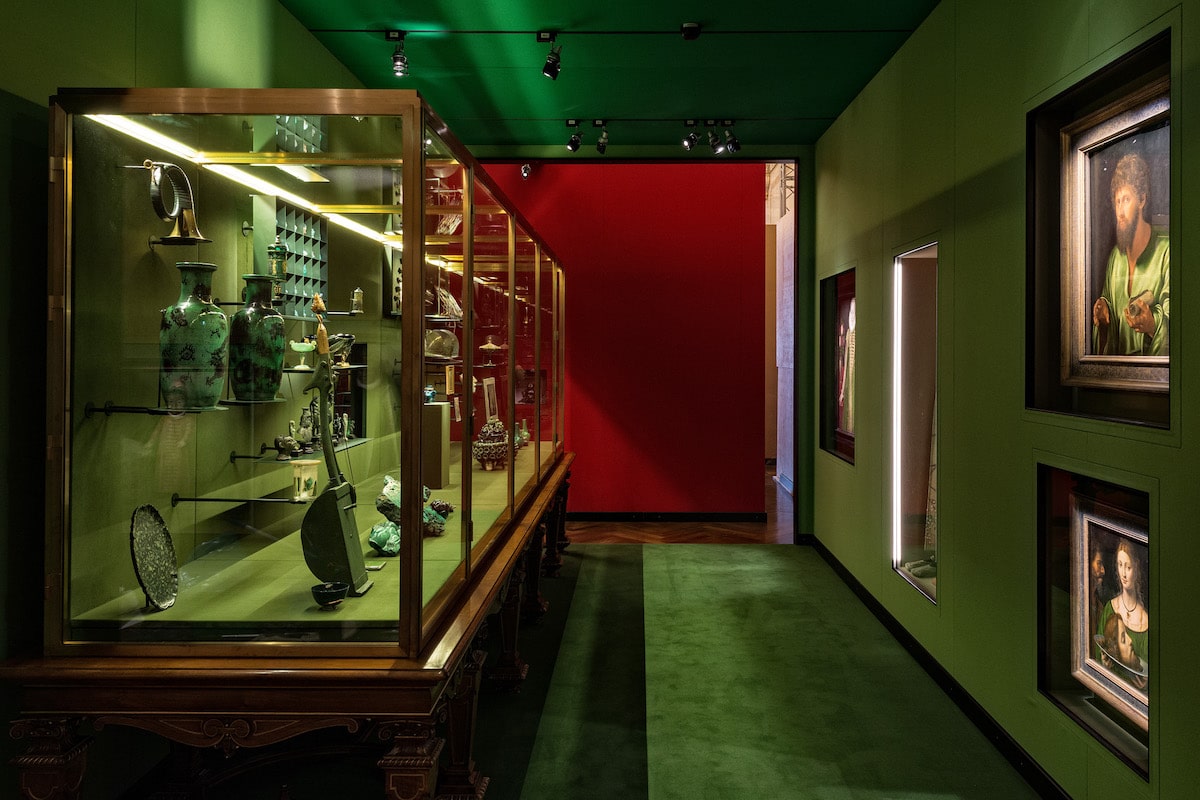
© KHM-Museumsverband
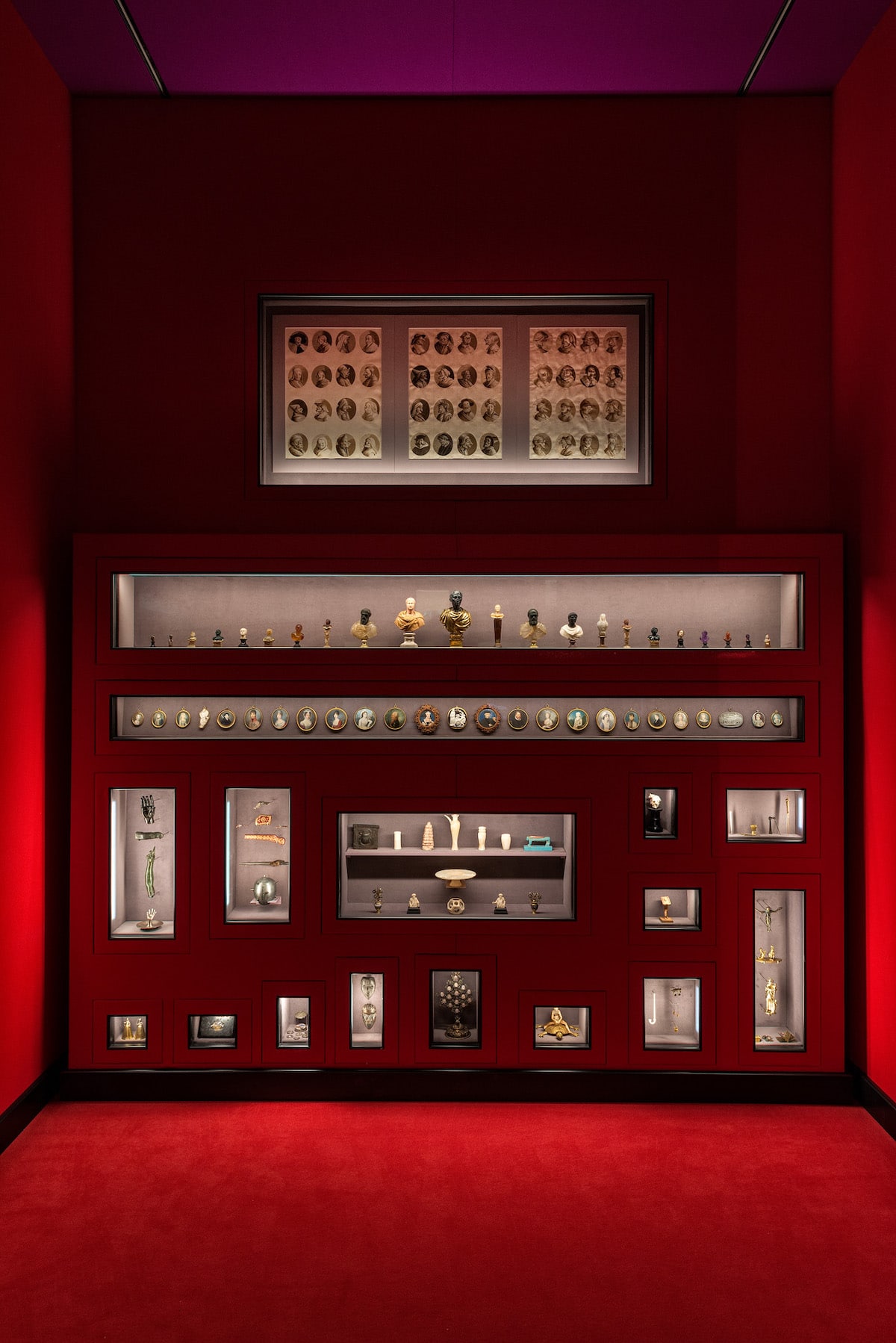
© KHM-Museumsverband
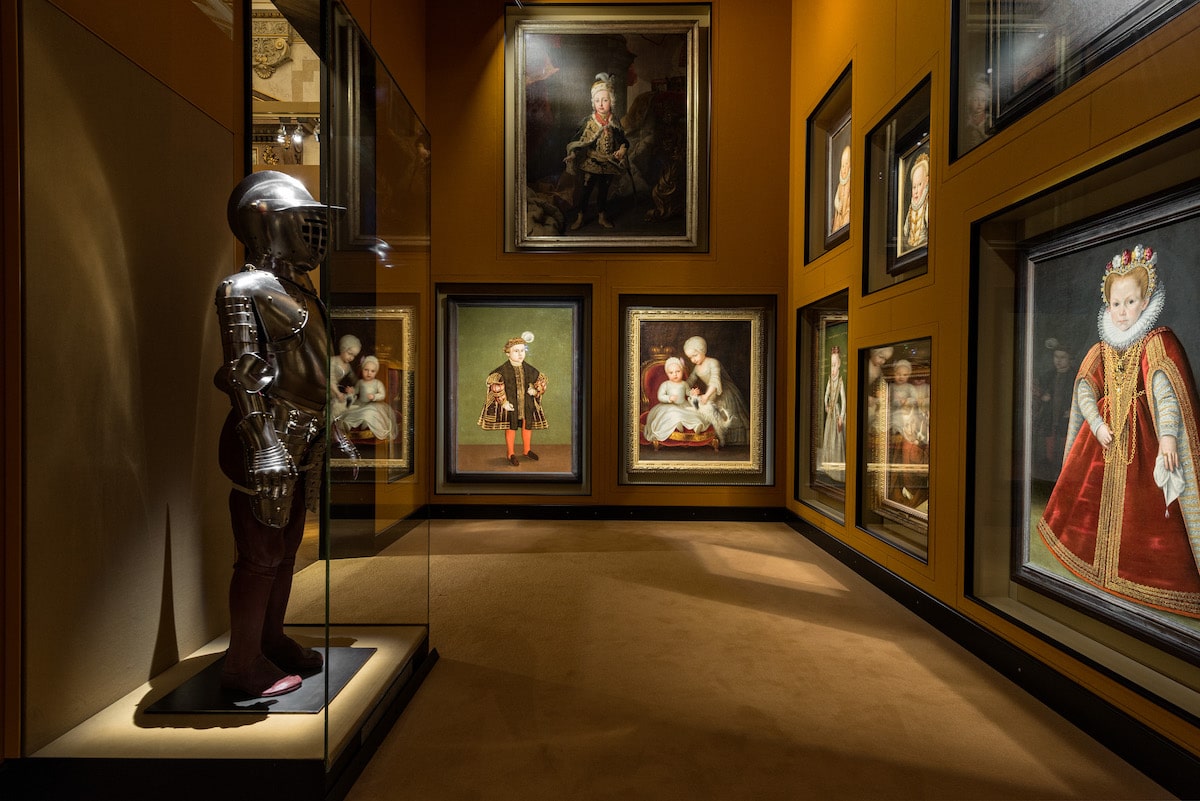
© KHM-Museumsverband
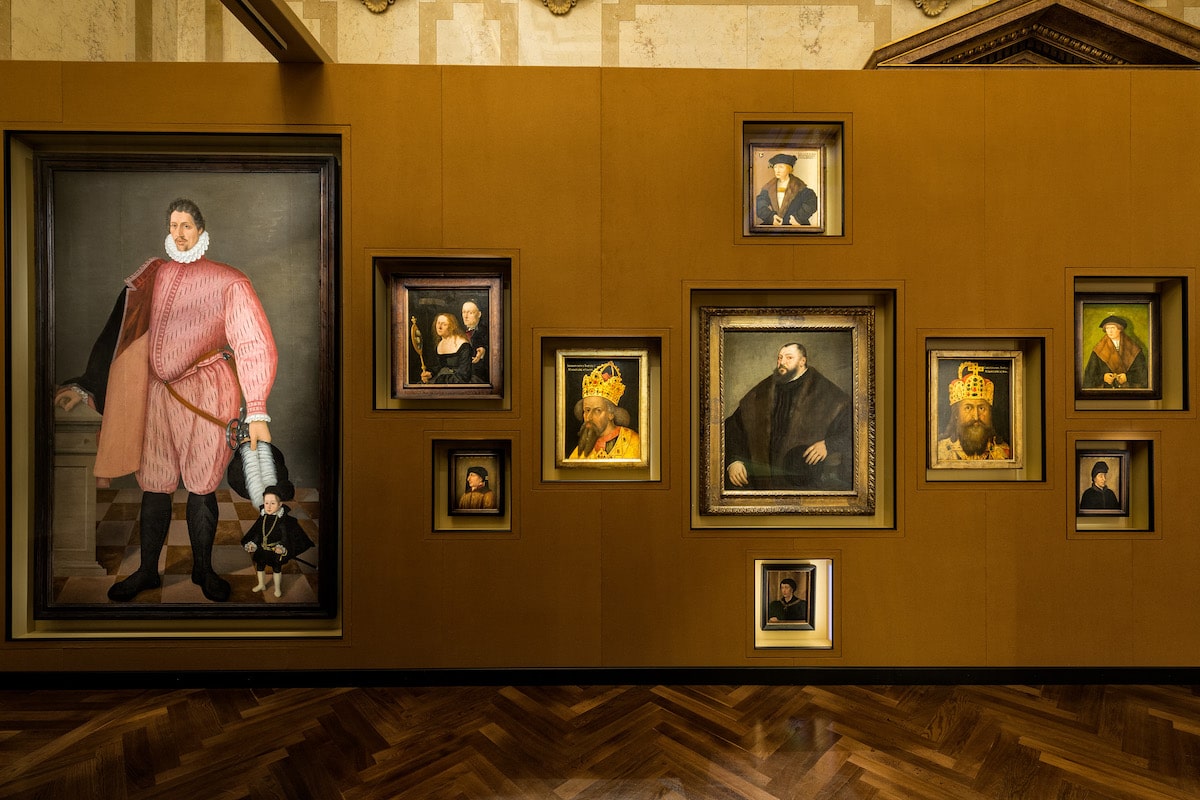
© KHM-Museumsverband
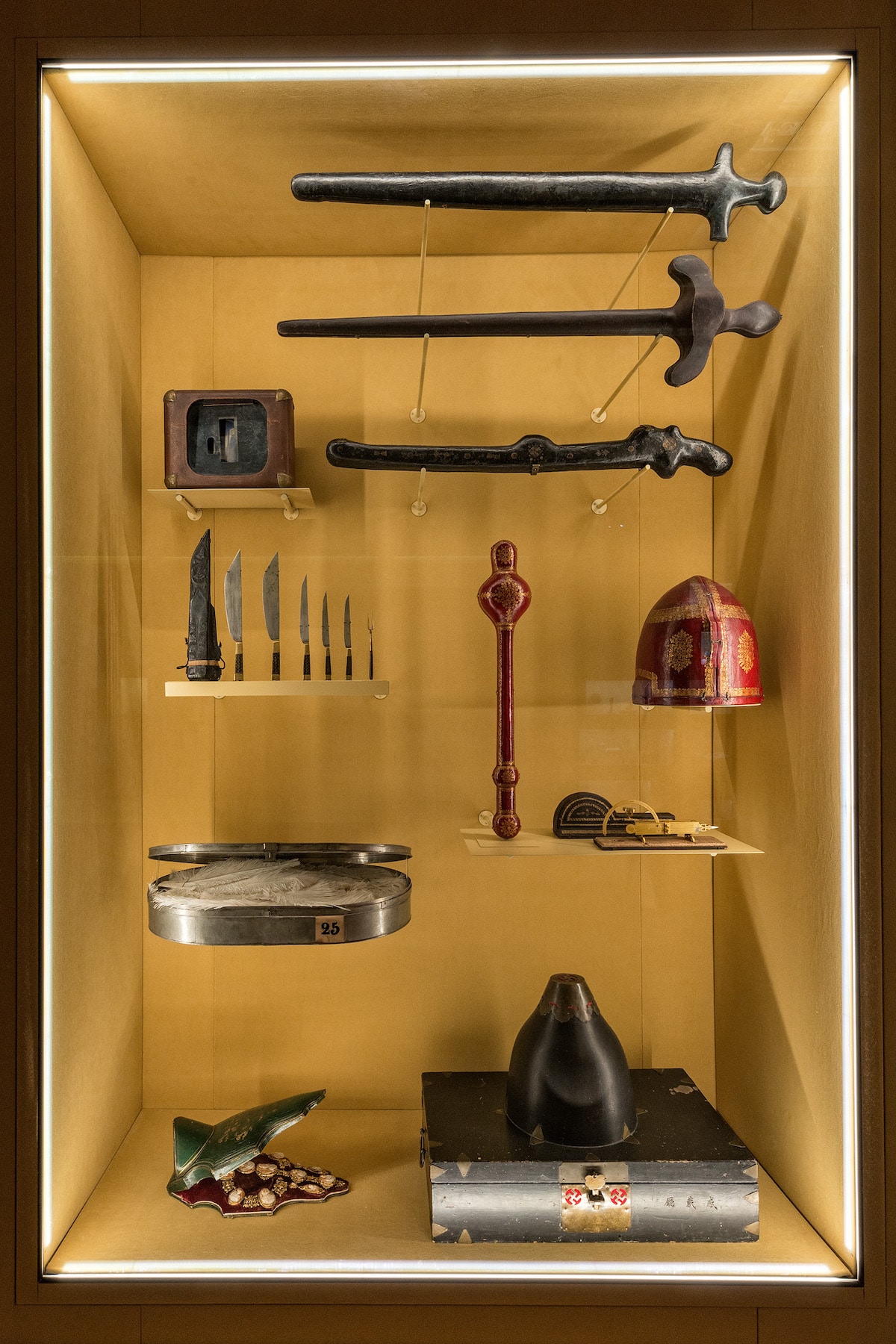
© KHM-Museumsverband
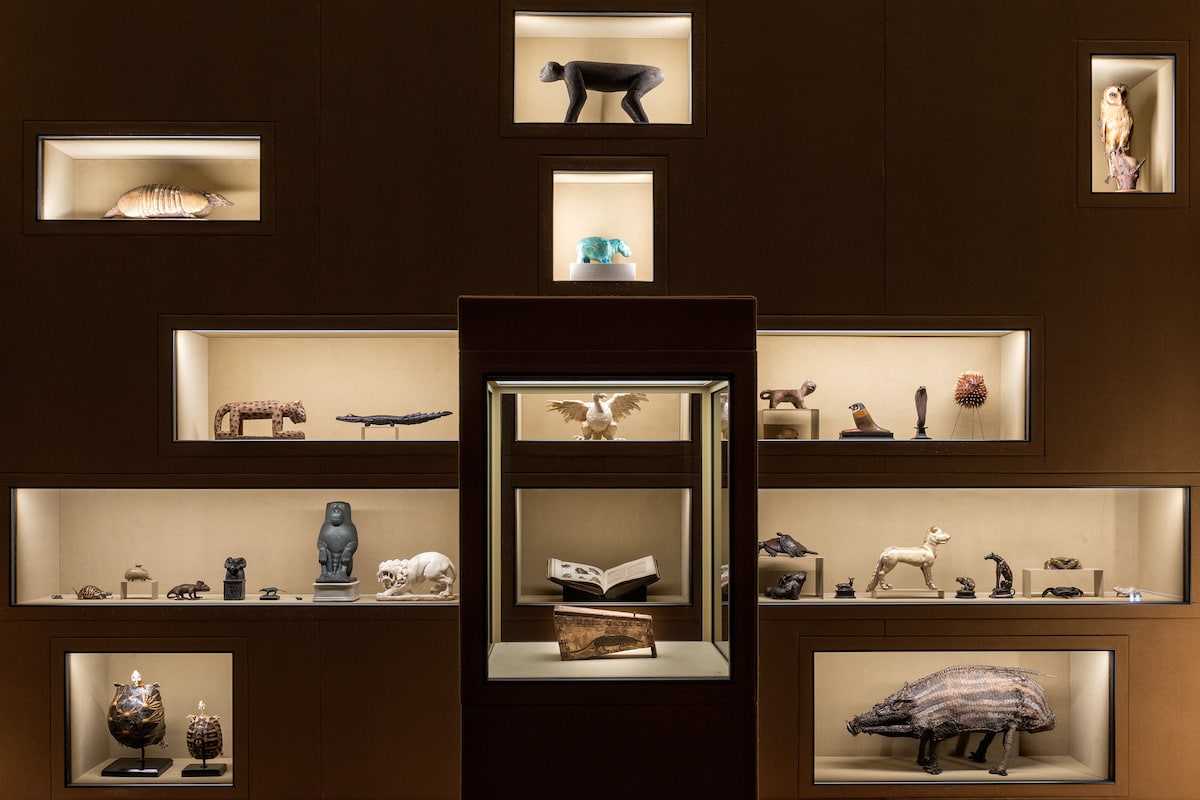
© KHM-Museumsverband
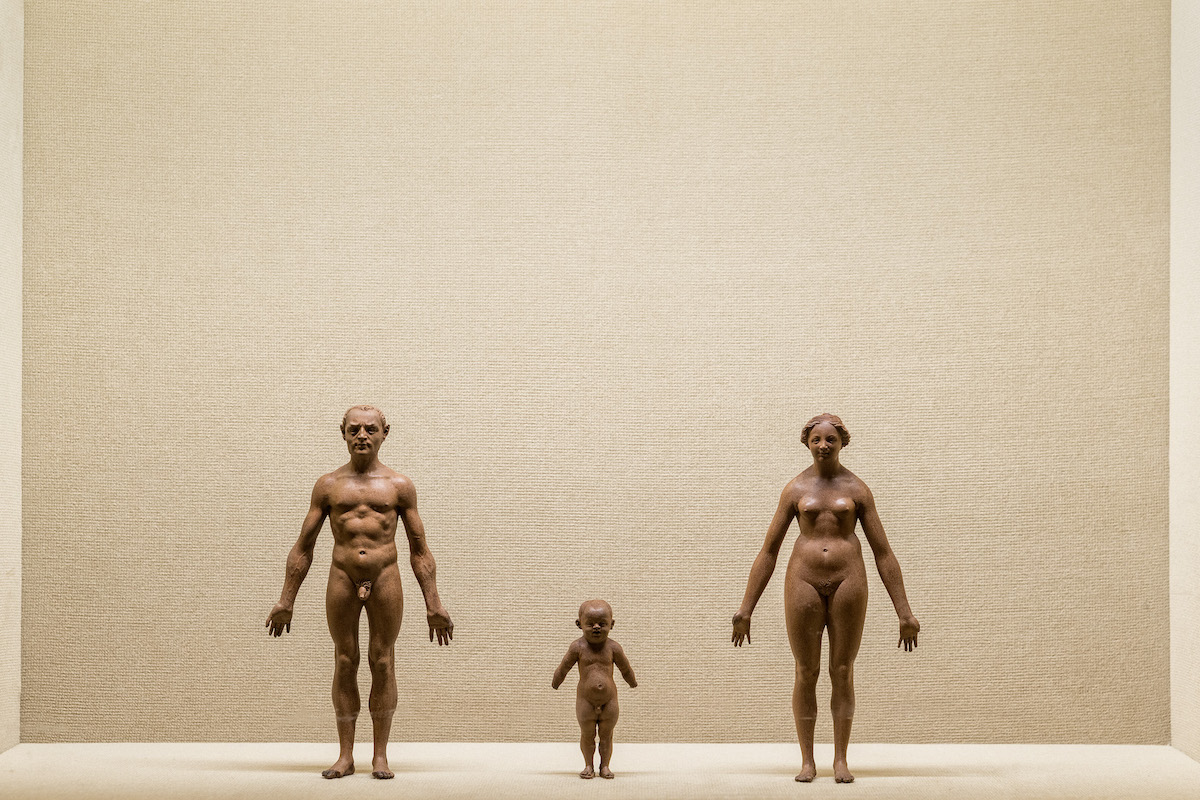
© KHM-Museumsverband
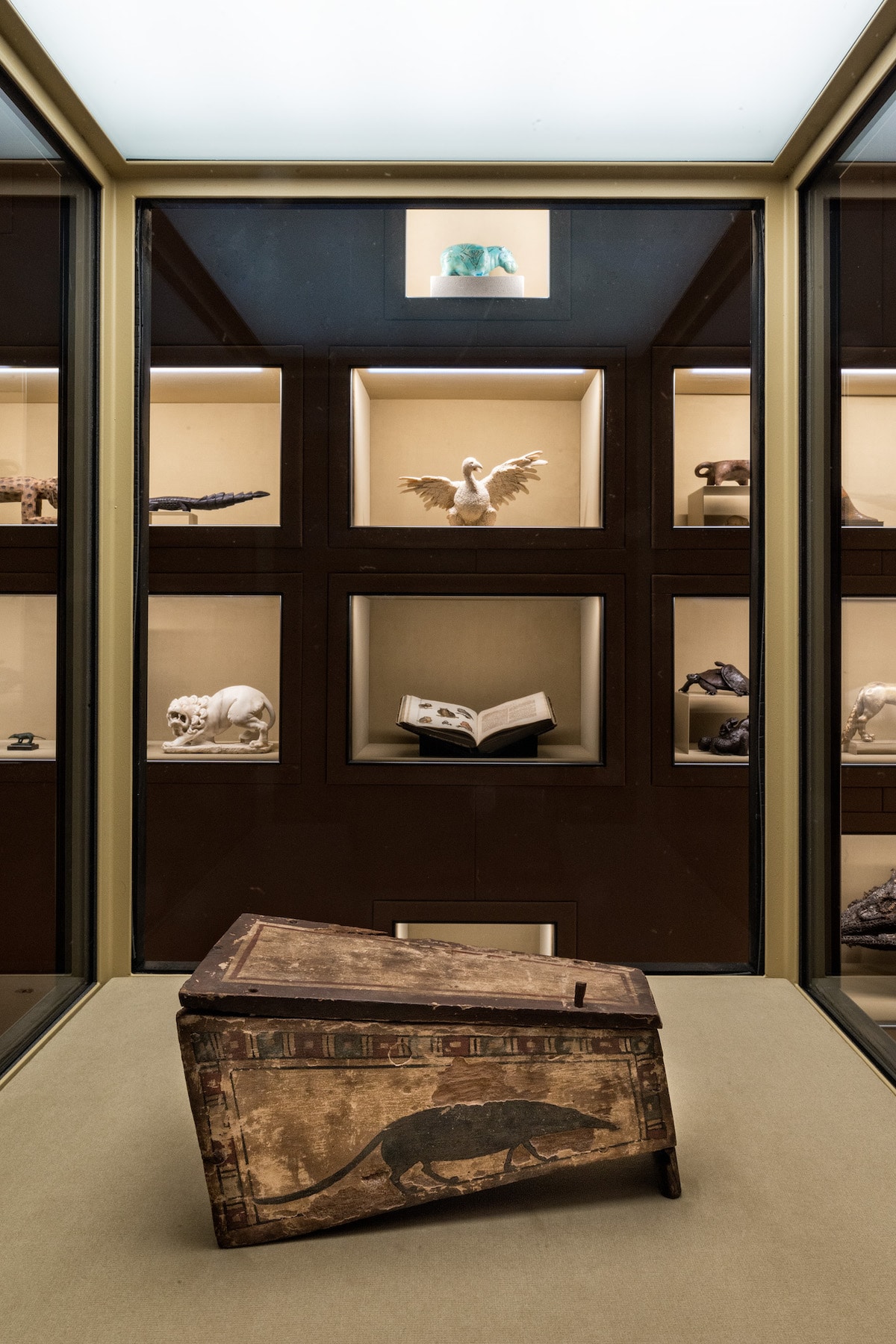
© KHM-Museumsverband
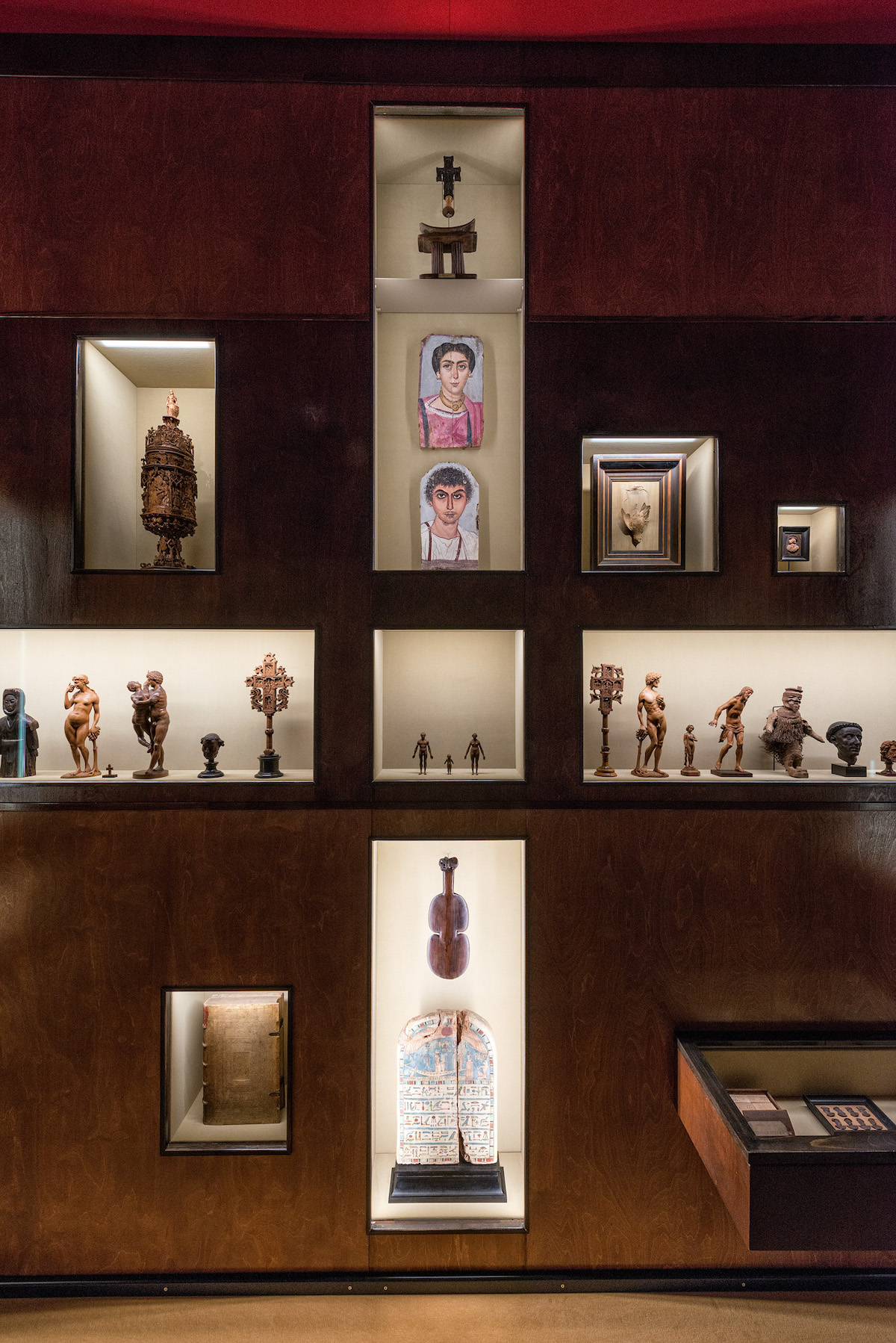
© KHM-Museumsverband
